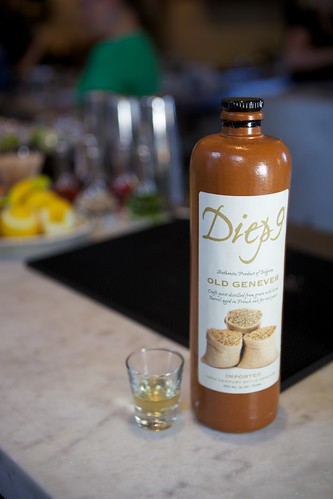
There's a new spirit on the way to San Francisco, care of Belgium. It's a Genever, not to be confused with Genever style gin. According to European Union regulation, Genever can only come from Belgium, the Netherlands, two German states and two French provinces. Moreover, Genever must be distilled from malt wine (a grain mash consisting of some combination of malted barely, wheat, rye, or corn) and neutral alcohol; regular gin doesn't have malt wine. Both spirits, however, use juniper and other herbs and spices. Diep9, San Francisco's newest Genever, uses these spices:
Diep 9 is a tiny Belgian brewery that produces both young and old Genever. In the case of Genever, these labels have nothing to do with aging. Rather, young Genever is in the style of post-Industrial distillers, and thus has more neutral spirits, which are easier and cheaper to produce with more technically advanced stills. This young genever carried a distinct taste of barley—rather like the tea you find at Korean restaurants. (For a long time, we had wondered about how barley tea could be incorporated in a drink. Daniel Hyatt at Roka Bar currently has one on the menu; but we were curious about how barley could become a more dominant flavor. This young genever seems to hold the key!)
Old Genever is made with pre-Industrial methods, and therefore it has more more malt wine, which was regularly made before the Industrial Revolution. Compare the young Genever (below) with the old (at the top of the page). More neutral spirits make for a lighter color. Because of the age, the Old Genever delivers softer and rounder barley flavors and makes for easy sipping.
Apparently, both old and young genevers are commonly found in bars in Belgium, along with some other more fruity varieties. People will swing by bars and enjoy a glass during the afternoon.
Old Genever is made with pre-Industrial methods, and therefore it has more more malt wine, which was regularly made before the Industrial Revolution. Compare the young Genever (below) with the old (at the top of the page). More neutral spirits make for a lighter color. Because of the age, the Old Genever delivers softer and rounder barley flavors and makes for easy sipping.
Apparently, both old and young genevers are commonly found in bars in Belgium, along with some other more fruity varieties. People will swing by bars and enjoy a glass during the afternoon.
The bottles in these pictures are handmade out of clay in Germany, by one of the last guys in the world to do that sort of thing. They also have this special seal, indicating the Belgian crown's approval of the brand:
Noelle and I were both impressed with this spirit, both on its own and in cocktails. If your only experience with Genver is through Bols, then you definitely want to try this out. As the ancestor of gin, there are some clear similarities—but don't be fooled into thinking it tastes the same. Comparatively, Diep9 Genever has much less of a malty flavor, which allows you to taste the juniper, citrus, and other flavors. Diep9 is particularly citrusy, which pairs well with the malt wine. I found both young and old enjoyable on their own.
A fun—and very tasty—thing to do is to use the Diep9 as a gin substitutes in classics. We tried out a few. First, a Negroni:
A fun—and very tasty—thing to do is to use the Diep9 as a gin substitutes in classics. We tried out a few. First, a Negroni:
The malt wine makes Genever slightly sweeter and more viscous than gin, so the recipe needs to be adjusted. Instead of equal parts, try dropping the sweet vermouth and Campari by 1/4 oz. We also subbed young Diep9 in a Mint Julep and were actually stunned with how well the drink turned out.
I think this spirit is going to take off when it hits shelves (bars for now, hopefully commercial spots too) in September.
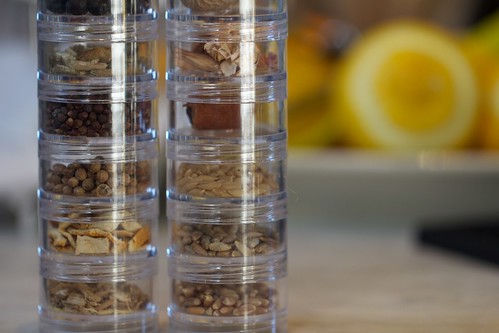
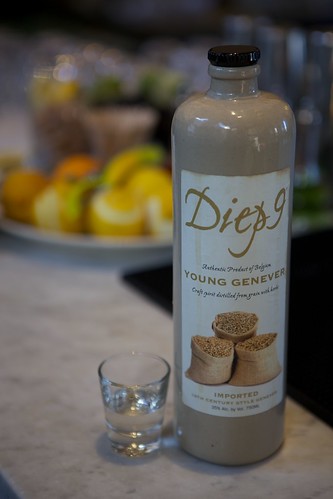

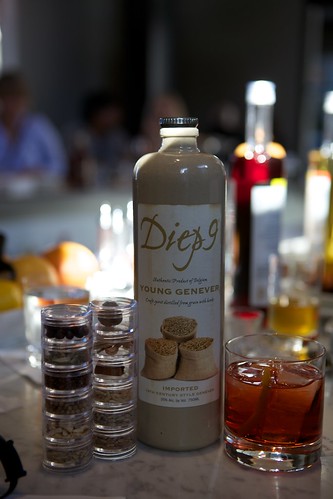
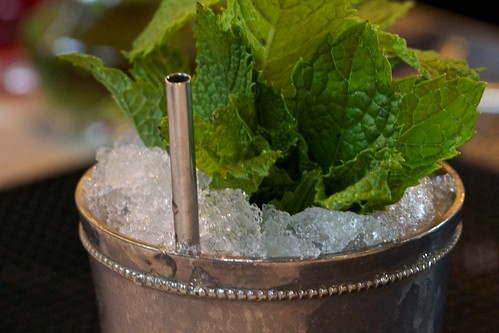
2 comments:
What a thoughtfully written piece - can't wait to see it on the shelf! Thanks for the introduction...
Anonymous - Why, thank you! Let us know what you think.
- Noelle
Post a Comment